The study, led by scientist William J. Liu from the NHC Key Laboratory of Biosafety - National Institute for Viral Disease Control and Prevention, under the Chinese Center for Disease Control and Prevention (CDC), is the same Chinese research team that used virus gene sequences that were uploaded to the international database GISAID, then retracted.
These gene sequences were sequenced by the Chinese CDC from samples from the Huanan seafood market, which China itself suspects was the origin of the COVID-19 outbreak in Wuhan in 2019.

Huanan Seafood Market - Wuhan - Photo: GLOBAL TIMES
The case has been much debated because the data retraction - which China said was for updating - came after an international team of Western researchers said they had found a link between raccoon dogs and SARS-CoV-2 genetic material.
According to News Medical, a Chinese study, just officially published in the leading scientific journal Nature , said that wild animals in the market were not only raccoon dogs, but there were up to 10 stalls selling wild animals recorded out of a total of 678 stalls in the market.
These 10 stalls are located in the southwest of the West Area of the market, and the northwest of the East Area. The animals being traded include several species of poultry, snakes, badgers, sika deer, bamboo rats, rabbits, porcupines, porcupines, giant salamanders, and several species of crocodiles. Among them, the snakes, crocodiles, and salamanders were sold alive.
923 environmental samples and 457 animal samples, including dead animals in freezers or refrigerators, stray animals around the area and their feces, were collected up to March 30, 2020.
Of the 923 environmental samples in and around the market in Wuhan, 73 tested positive for SARS-CoV-2. Of the samples in the market alone, 64/828 tested positive.
In particular, the West Area of the market, which is one of the places where wild animals are sold, accounted for 74% of the positive samples. Up to 5/14 of the samples taken from the market's warehouses tested positive.
24 out of 110 samples taken from the market sewer or drainage ditches around the market tested positive for SARS-CoV-2 nucleic acid.
"The data indicate that the virus may have been transmitted in the market via contaminated wastewater from infected humans or animals," the authors wrote in Nature , commenting that the high human traffic in the market may have amplified transmission, leading to some of the first clusters in the early stages of the SARS-CoV-2 outbreak.
On January 22, 2020, health authorities also took 30 environmental samples from another market called Dongxihu in Wuhan, one sample tested positive.
"Three live viruses were successfully isolated. The market viruses shared nucleotide identity of 99.9% to 100% with the human isolate HCoV-19/Wuhan/IVDC-HB-01/2019. SARS-CoV-2 lineage A (8782T and 28144C) was found in an environmental sample.
RNA-seq analysis of positive and negative environmental samples revealed a wide variety of vertebrates being traded. In summary, this study provides information on the distribution and prevalence of SARS-CoV-2 at the Huanan Seafood Market during the early stages of the COVID-19 outbreak," the team "Liu et al." wrote in Nature.
Source




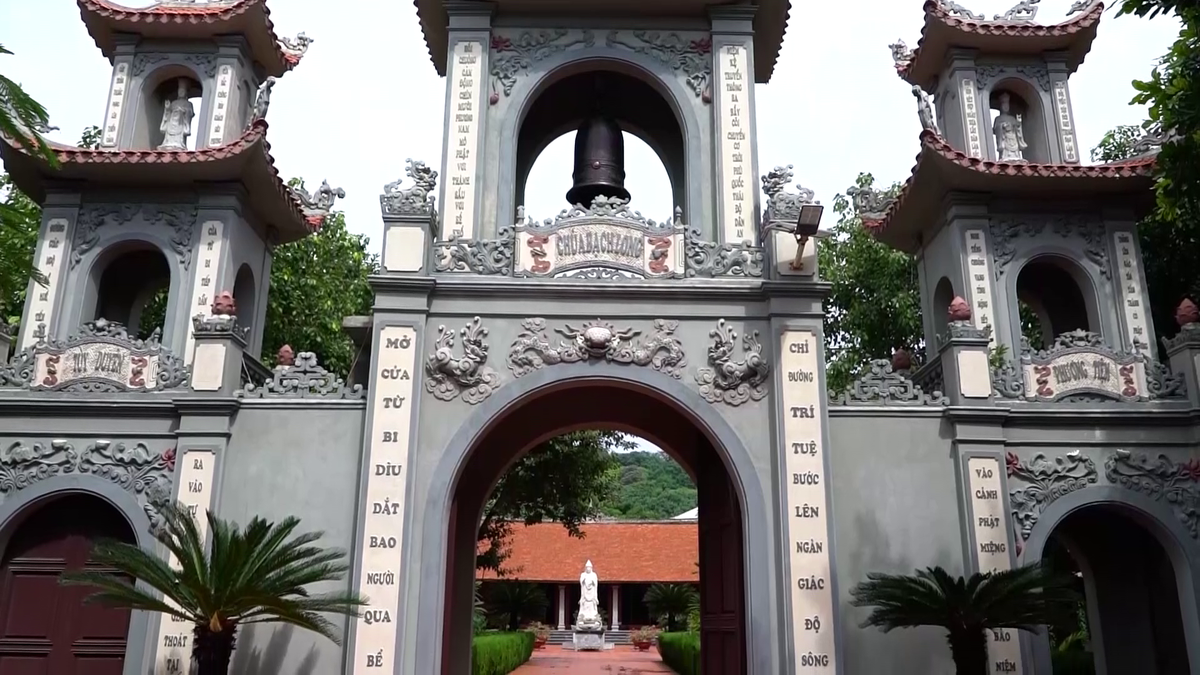



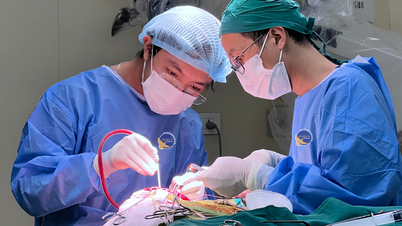









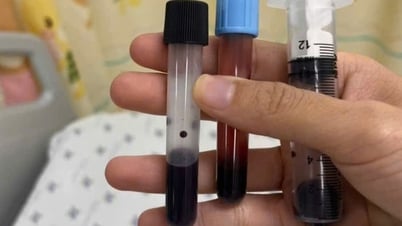








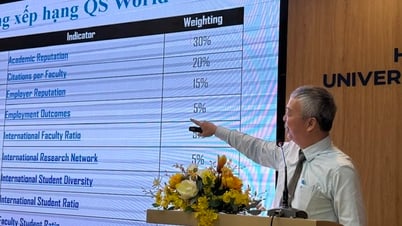




















































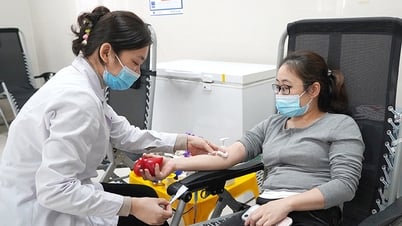




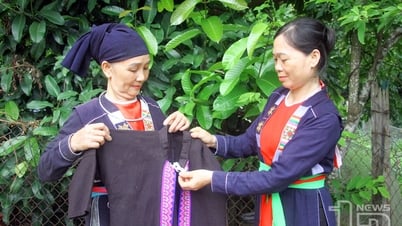
















Comment (0)